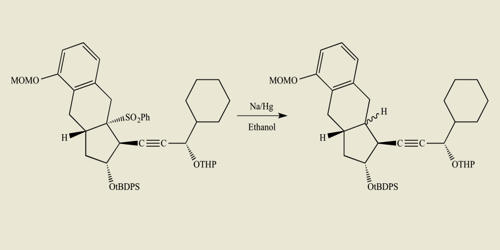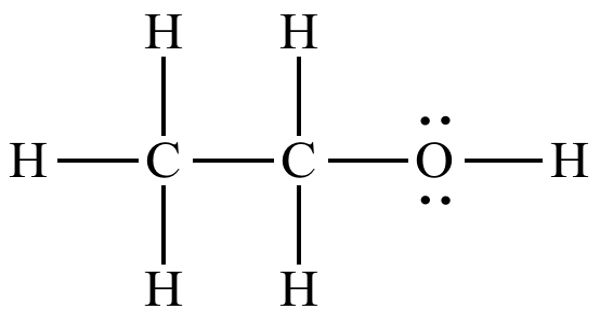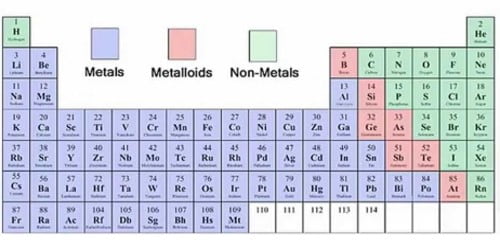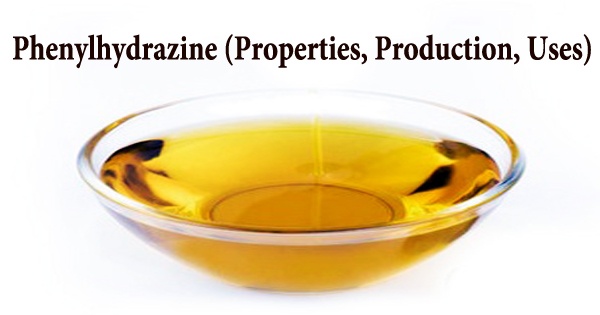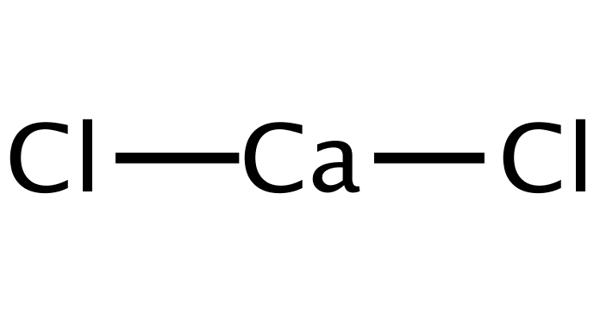Amalgam is an alloy of mercury with another metal. It may be a liquid, a soft paste, or a solid, depending upon the proportion of mercury. The definition of an amalgam is a mixture of metals and mercury, which can be man-made or can be naturally occurring. These alloys are formed through metallic bonding, with the electrostatic attractive force of the conduction electrons working to bind all the positively charged metal ions together into a crystal lattice structure. They are crystalline in structure, except for those with a high mercury content, which are liquid. Almost all metals can form amalgams with mercury, the notable exceptions being iron, platinum, tungsten, and tantalum.
Mercury alloyed with a number of metals forms amalgam, which is primarily used for dental fillings. While mercury is a liquid element, amalgams tend to harden. In dentistry, an amalgam of silver and tin, with minor amounts of copper and zinc, is used to fill teeth. Almost all metals can form amalgams with mercury, the notable exceptions being iron, platinum, tungsten, and tantalum. The common constituents of amalgam are mercury, tin, silver, copper, and other trace metals. Silver-mercury amalgams are important in dentistry, and gold-mercury amalgam is used in the extraction of gold from ore. Dentistry has used alloys of mercury with metals such as silver, copper, indium, tin, and zinc. It is a metal alloy that has been used most often until today for total restoration and fillings. Because mercury is toxic, amalgams may present health or environmental risks.
Chemical Properties – The composition is given in the table below:
- Silver: 40-60%
- Tin: 27-30%
- Copper: 13-30%
- Zinc: 1%
Applications
- Dental amalgam is an excellent and versatile restorative material and is used in dentistry for several reasons. It is economical and quite easy to use and can be manipulated during placement.
- Sodium amalgam has been used in organic chemistry as a powerful reducing agent, which is much safer than sodium. The reaction of the amalgam with water produces a solution of sodium hydroxide and regenerates the mercury for reuse. If absolutely water-free alcohol is used instead of water, an alkoxide of sodium is produced instead of the alkali solution.
- Mercury has been used in gold and silver mining since it amalgamates very easily with them. It is the reducing agent in the Jones reductor, used in analytical chemistry.
- Aluminum amalgam is used as a reducing agent. It is used as a reagent to reduce compounds, such as the reduction of imines to amines.
- Thallium amalgam finds use in low-temperature thermometers.
